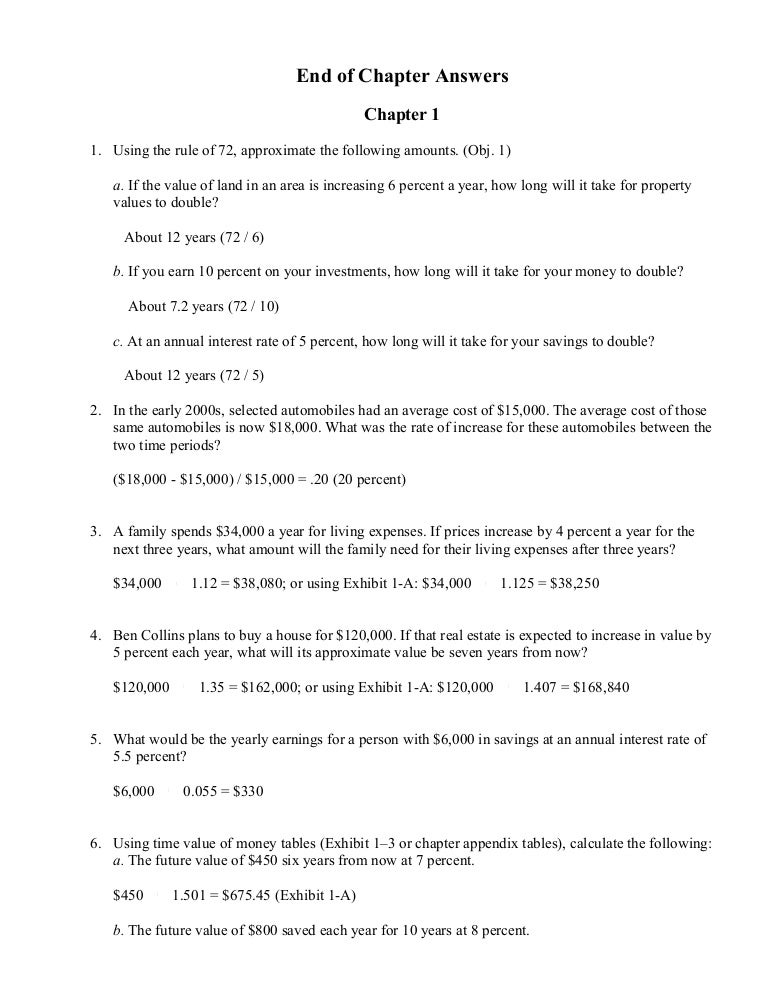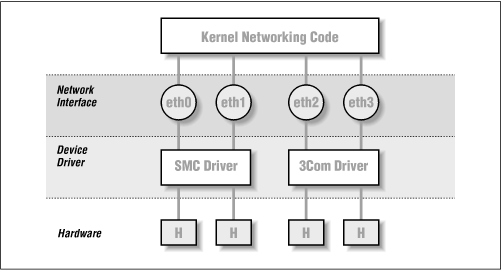-reference points: used to help you know where your vehicle is located in the roadway, personal reference point is an adaption of a standard reference point for one's own vehicle -steps for angle parking: 1. check for traffic and pedestrians, signal right turn, check traffic to the rear, and begin braking 2. flash your brake lights to warn drivers behind, check your right blind-spot and continue braking 3. creep forward until you can see the center of the space without your line of sight cutting across the parking line 4. straighten wheel when you are centered in the space -steps for perpendicular parking: 1. position vehicle at least 8 feet from the row of parked vehicles, or as far left of the lane as possible, flash brake lights and signal right turn, check right blind spot 2. check rear traffic and continue braking 3. determine your personal reference point to know when the front bumper of vehicle passes the left rear taillight of the vehicle to the right of the empty parking space, slowly enter stall 4. straighten wheels when you are centered in the space -steps for parallel parking: 1. flash brake lights and signal right turn, stop 2 or 3 feet away from the front vehicle with the two rear bumpers even, shift into reverse, look over right shoulder, back slowly, aim toward the right-rear corner of the space, control speed with your foot brake 2. when back of your seat is even with the rear bumper of the front vehicle, straighten wheels, determine your personal reference point for the position, slowly back straight, look over shoulder 3. when front bumper is even with the front vehicle's back bumper, turn your wheels sharply left, back slowly, look out rear window 4. when vehicle is parallel to the curb, straighten wheels and stop before you touch the vehicle behind, determine reference points to know your distance from the curb and from the vehicle behind you, slowly pull forward to center your vehicle in the space -parking uphill with a curb: turn wheels to the left -parking uphill or downhill with no curb: turn wheels to the right -parking downhill against curb: turn front wheels to the right -how to start form an uphill parking space without rolling backwards: parking brake: 1. holding brake down, set parking brake 2. accelerate until you feel the engine start to pull 3. release parking brake as you continue to accelerate. foot brake: 1. hold foot brake down with your LEFT foot 2. while still holding down foot brake, accelerate gradually until the engine starts to pull 3. release foot brake gently as you increase acceleration to move forward | 


